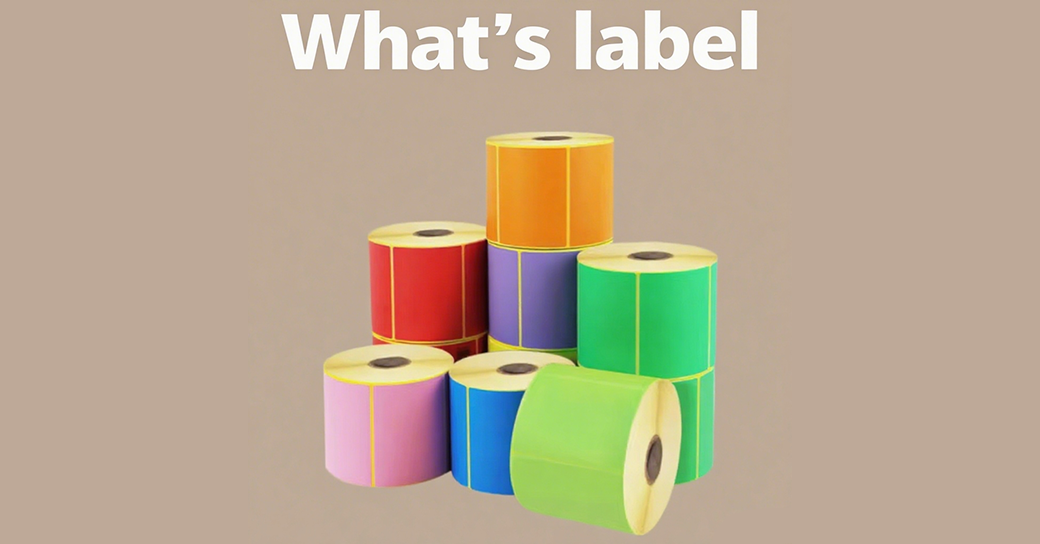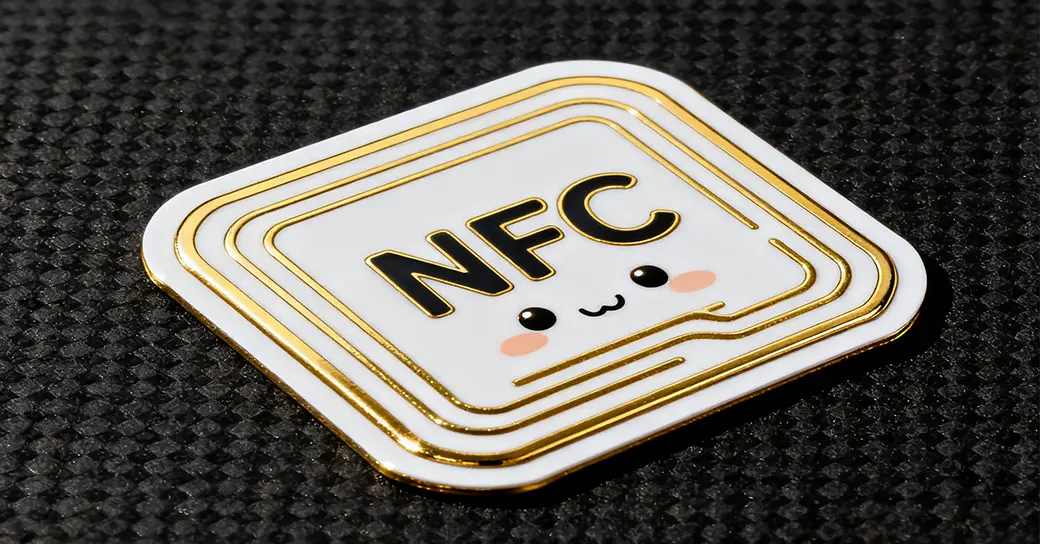What is an anti-counterfeiting label
Definition and essence of anti-counterfeiting labels .Anti-counterfeiting labels are special identifiers that are made by physical or digital means and attached to goods or packaging to verify product authenticity, trace the source, and prevent counterfeiting and tampering. It is like the "identity card" of the product, containing unique identity information. It is the core bridge for building trust between brands and consumers and is widely used in high-counterfeiting risk fields such as luxury goods, medicines, and food. Its essence is to block counterfeiting through technical barriers to ensure the authenticity and safety of products.
The core role of anti-counterfeiting labels .Anti-counterfeiting labels can not only help consumers quickly identify authenticity, such as convenient verification by scanning QR codes or checking color-changing inks, but also prevent counterfeiters from copying labels through technical barriers (such as laser micro-engraving and holographic optically variable patterns). Deeper roles include combating counterfeit and shoddy products, maintaining brand reputation (reducing negative experiences caused by counterfeit goods), protecting consumer rights (avoiding the purchase of inferior or dangerous goods), and assisting market monitoring (assisting law enforcement agencies in combating the chain of counterfeiting and selling counterfeit goods through data tracking). These functions together build a defense system for brand protection and market order.
Types and technical principles of common anti-counterfeiting labels.Anti-counterfeiting labels are mainly divided into three categories: physical anti-counterfeiting, digital anti-counterfeiting and biological anti-counterfeiting:
Physical anti-counterfeiting: using temperature-dependent ink (color changes with temperature), laser holography (using laser interference to generate three-dimensional dynamic patterns), micro-text or tear-destructive materials (destroying integrity after disassembly), and increasing the difficulty of imitation through visual or tactile features.
Digital anti-counterfeiting: Based on dynamic encrypted QR code, NFC chip or RFID technology, a unique code is assigned to each product. Consumers jump to the official verification platform (such as WeChat applet) by scanning the code or using dedicated equipment to achieve "one item, one code" instant query and invalidation mechanism.
Biological anti-counterfeiting: using DNA markers or specific protein sequences, professional equipment detection is required, providing difficult-to-copy biological-level security, and is often used for the authentication of artworks or high-value goods.
The evolution and importance of anti-counterfeiting labels.Anti-counterfeiting labels have evolved from the first generation of simple laser markings (easy to be forged) to intelligent anti-counterfeiting systems that integrate materials science, optics, digital encryption and other disciplines. Its evolution includes five generations of technology iterations: from laser labels to digital anti-counterfeiting, texture anti-counterfeiting, security thread anti-counterfeiting paper, and then to the current IoT integration solution, which significantly improves the characteristics of "easy to identify and difficult to forge". Modern anti-counterfeiting labels are not only the core tool for brand protection (maintaining market share and image), but also the basis of consumer trust, consolidating market fairness and security through full-link traceability and verification mechanisms.













